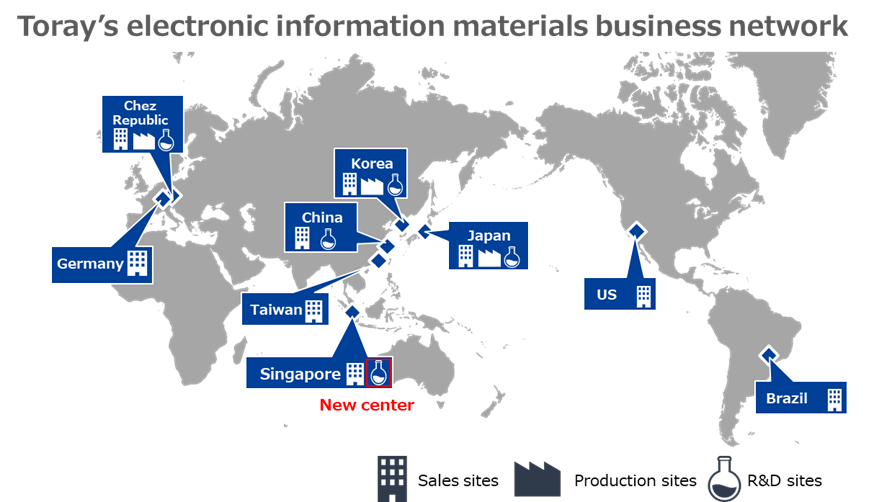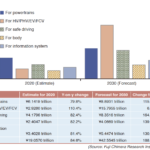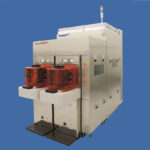ASIA ELECTRONICS INDUSTRYYOUR WINDOW TO SMART MANUFACTURING
Toray Opens New Research Center in Singapore
Toray Industries, Inc., has opened the Toray Singapore Research Center. Toray International Singapore Pte. Ltd. will oversee the said research center.
To illustrate, the new facility engages in electronic information materials R&D and provides technical support in Southeast Asia. Moreover, the company looks to build a global R&D structure spanning Japan, Korea, and China.
Accordingly, Singapore is increasingly becoming an important R&D hub for electronics companies looking to enter the Southeast Asian market. Particularly, the prime drivers are government efforts to bolster the electronics sector. In addition, the country makes easy access to key customers in the region and the nation’s high-level academic research institutes and universities.

To Dig Deep on IC, Materials
Key focuses of the center include display, semiconductor-related, and electronic circuit materials. Hence, it will work with Toray headquarters to serve a highly promising regional market by developing products and technologies that cater to the specific needs of local customers while providing technical support to serve customers better.
Toray has collaborated in the international consortiums of the Institute of Microelectronics (IME, Singapore’s government agency) since 2016. Joint work with IME has covered power semiconductor devices (see note 1). In addition, it also includes wireless communications, memory devices, micro-electro-mechanical systems (MEMS) (note 2), and other advanced semiconductor packaging.
The center will solidify ties with that institute while engaging with local universities to undertake and accelerate efforts to incorporate new technologies and accelerate research and development. Moreover, another role for the center is to bring Japan and Southeast Asian nations together in the semiconductor field by identifying current needs in an expanding regional market.
Toray is operating business globally, and currently has nine domestic research institutes and 24 R&D facilities overseas. It employs more than 4,000 R&D professionals. The company will keep bolstering work at its overseas research units while joining forces with outside entities to explore new research fields.
Notes
1. Power semiconductors devices control and supply electrical energy.
2. Micro-electro-mechanical systems (MEMS) are devices with micron-level structures that combine sensors, actuators, electronic circuits, and other mechanical element parts with semiconductor silicon and glass substrates and organic materials




